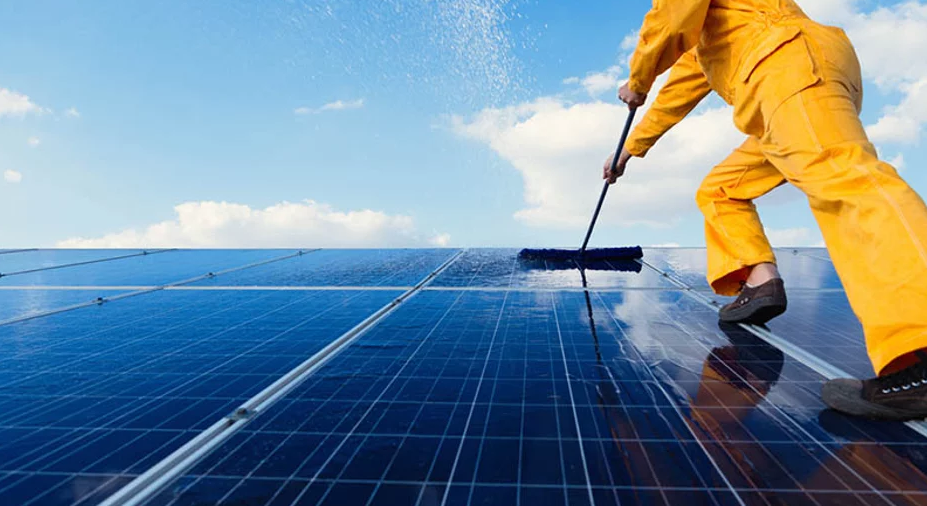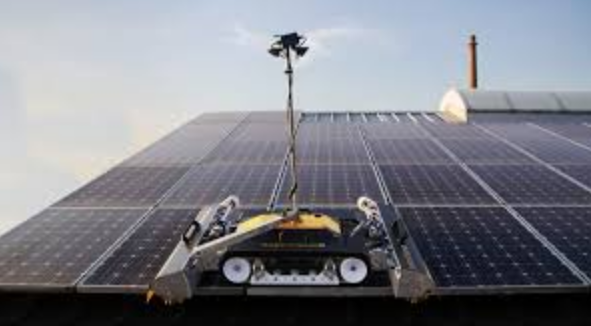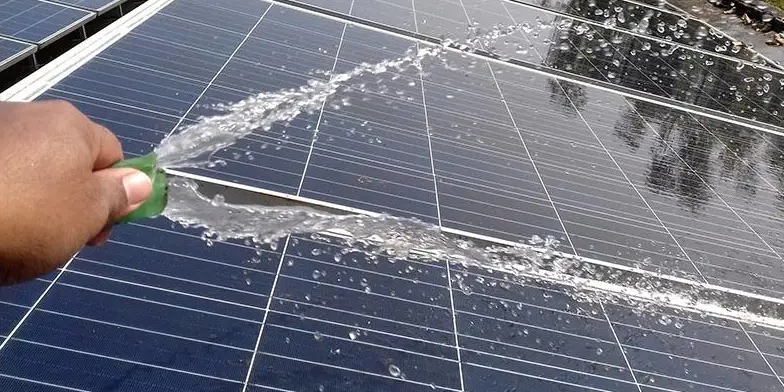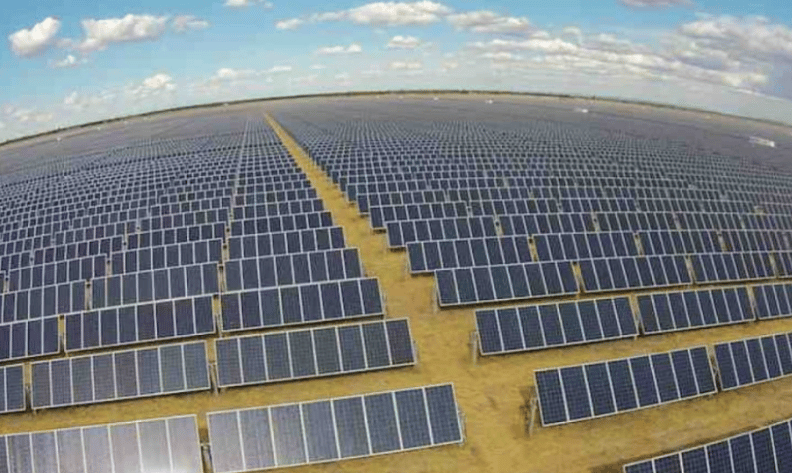Suzlon’s Wind energy and solar energy are both valuable sources of renewable energy, but Suzlon wind energy offers several advantages over solar energy:
- Continuous Power Generation: #Suzlon Wind turbines can generate electricity around the clock as long as there is sufficient wind, whereas solar panels produce electricity ONLY during daylight hours (meaning just 50% of the time). This becomes even less during monsoon, cloudy & winter weather.
Meaning in 365 days solar works only for 30% of the time. This means the efficiency is quite low especially in those areas with severe winter.
Wind power is not dependent on the availability of sunlight, making it a more consistent and reliable energy source.

2. Cleaning: Solar Energy requires almost daily cleaning of every single inch of its surface. If its double sided… then even the underside needs to be cleaned. There is no escaping from this. Bigger the plant… bigger will be the surface area…and bigger will be the challenge…

Many times specialized robots have to be deployed to clean these panels. Whereas wind turbines are as sturdy and low maintenance as our ceiling fan.
3. Lower Risk of Physical Damage: Solar panels are more vulnerable to physical damage from hail, fallen branches, or other external factors. Suzlon Wind turbines, due to their elevated positioning and sturdy design, are less susceptible to physical damage. However, routine inspections and maintenance are still necessary to identify and address any issues promptly.

4. Simplified Monitoring: Suzlon Wind turbines come equipped with built-in sensors and monitoring systems that allow for real-time data collection and analysis. This enables early detection of potential issues such as vibrations, temperature variations, or irregular power generation. Such proactive monitoring helps #Suzlon prevent costly breakdowns and allows for timely maintenance interventions.
5. Component Longevity: Suzlon‘s Wind turbine components, such as the blades and gearbox, typically have longer lifespans compared to solar panel components. While solar panels may require more frequent replacements or repairs, wind turbines generally require less frequent major component replacements, contributing to lower maintenance costs over the long term.

6. Reduced Electrical Infrastructure: Solar energy systems require an extensive electrical infrastructure, including wiring, inverters, and connection to the grid. Wind turbines, on the other hand, are usually connected directly to the grid through underground cables, minimizing the complexity of the electrical infrastructure. This simplification can reduce the maintenance requirements and associated costs.
7. High Energy Density: Suzlon Wind turbines have a higher energy density compared to solar panels. A single wind turbine can generate a significant amount of electricity, especially when placed in areas with consistent and strong winds. This makes wind energy a suitable option for large-scale power generation.
8. Utilization of Different Locations: Suzlon Wind turbines can be installed in various terrains, including offshore locations and open fields, utilizing areas where other forms of energy generation may be challenging or impractical. This flexibility allows wind energy to be harnessed in diverse geographic regions.

9. Reduced Water Consumption: Suzlon‘s Wind power generation requires little to no water, unlike many conventional power plants that rely on water for cooling. This reduces strain on water resources, particularly in areas prone to water scarcity or drought, making wind energy more environmentally friendly.
READ: Suzlon is a sure shot multibagger.

10. Lower Land Requirement: While both wind and solar energy systems require land for installation, wind turbines generally occupy less land area per unit of electricity generated compared to solar farms. This is particularly advantageous in densely populated regions where land availability is limited.

Another big problem with installing Solar Panels on a large scale over multiple acres is that it covers/shades the land or blocks the sunlight thereby rendering the land unsuitable for agriculture. Thus large scale deployment of Solar Panel is not suitable on Agriculture or fertile land.
11. Longer Lifespan: Wind turbines typically have a longer lifespan than solar panels, with an average operational life of 20-25 years. This longer lifespan helps to maximize the return on investment and reduces the need for frequent replacements.
12. Low Environmental Impact: Wind energy has minimal greenhouse gas emissions and does not produce air pollutants or hazardous waste during operation. It contributes to reducing carbon dioxide emissions and mitigating climate change. Additionally, modern wind turbines are designed to minimize noise pollution and potential harm to wildlife.
While wind energy offers these advantages, it is important to note that the suitability of wind or solar energy depends on factors such as local climate, available resources, and specific project requirements.
A combination of both wind and solar power can often complement each other and provide a more balanced and reliable renewable energy solution.
